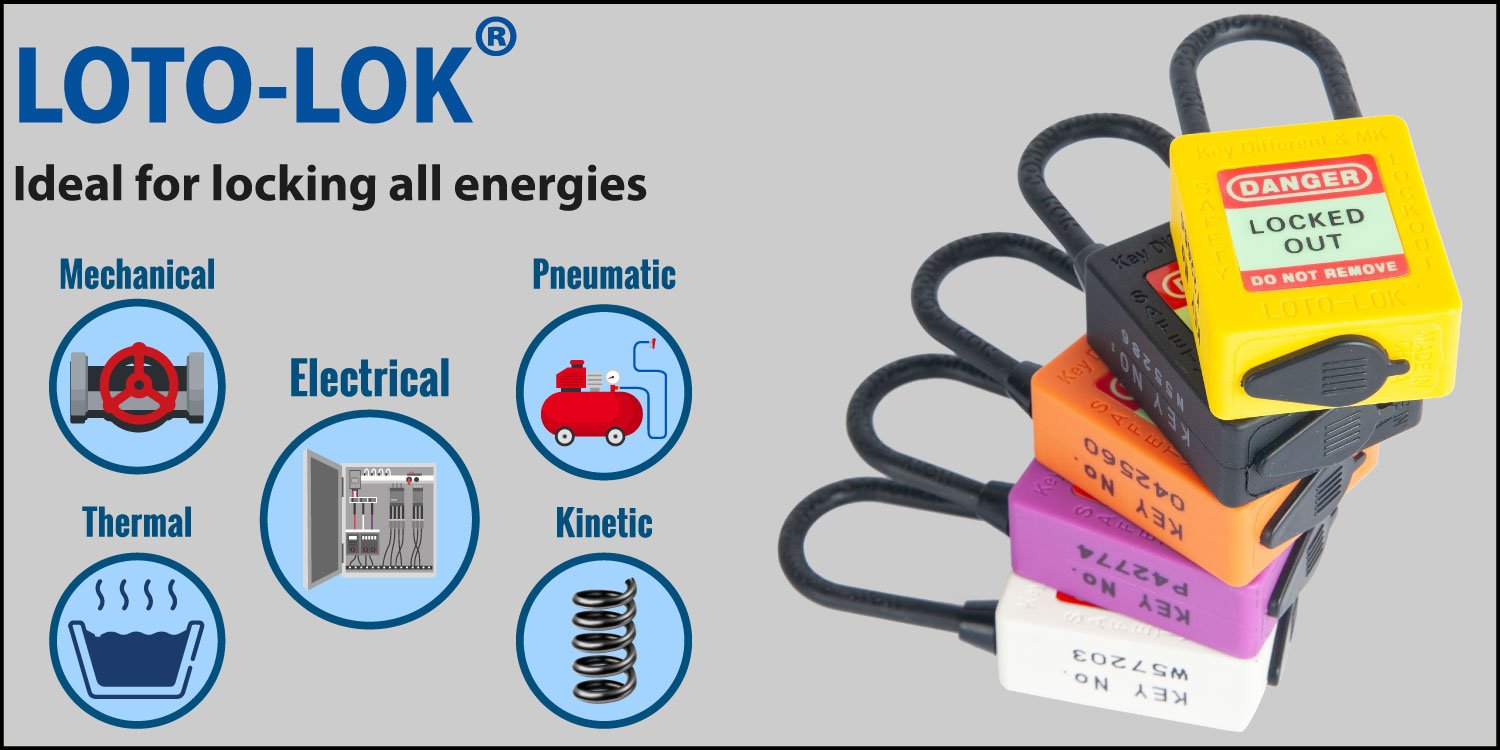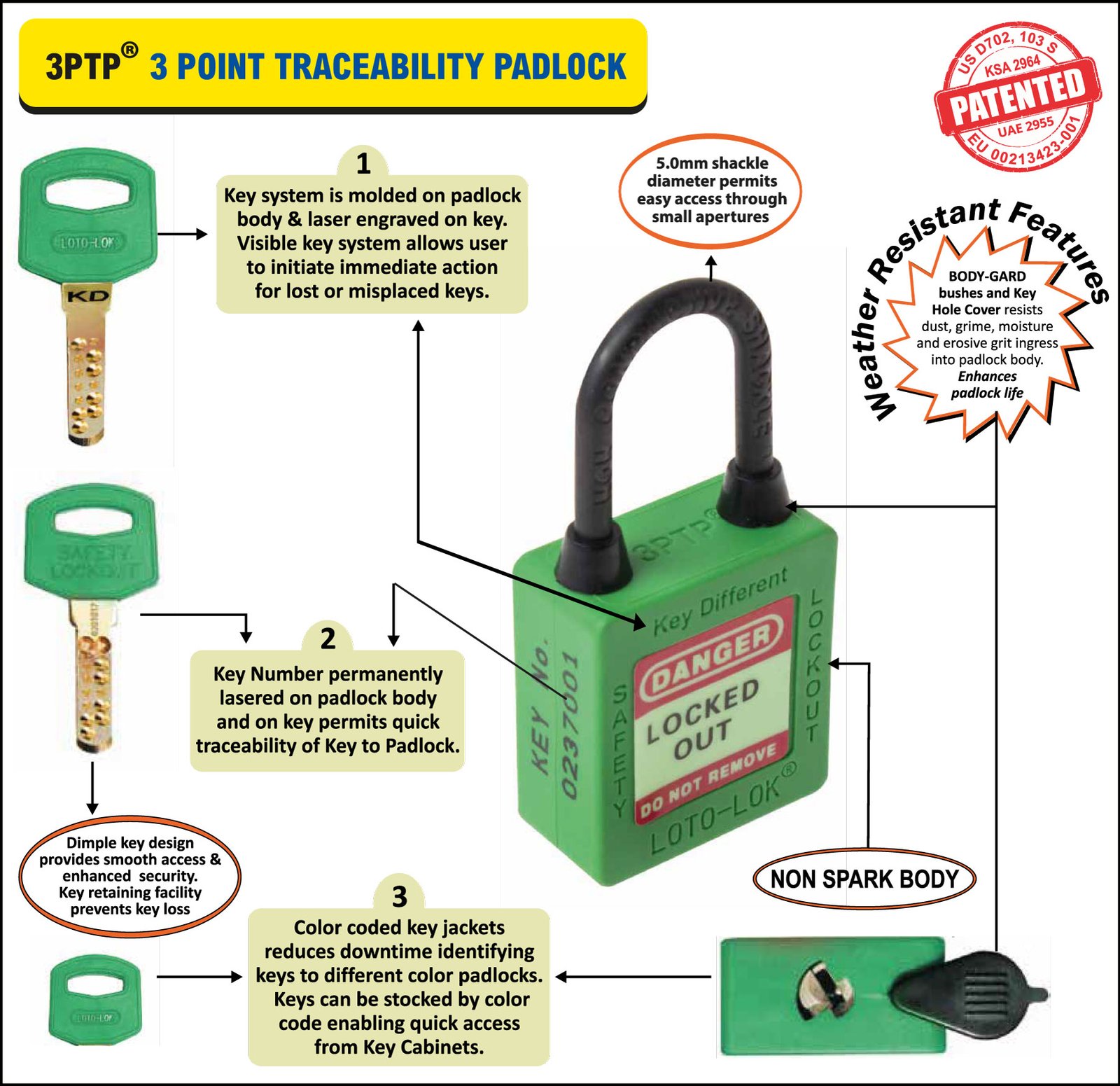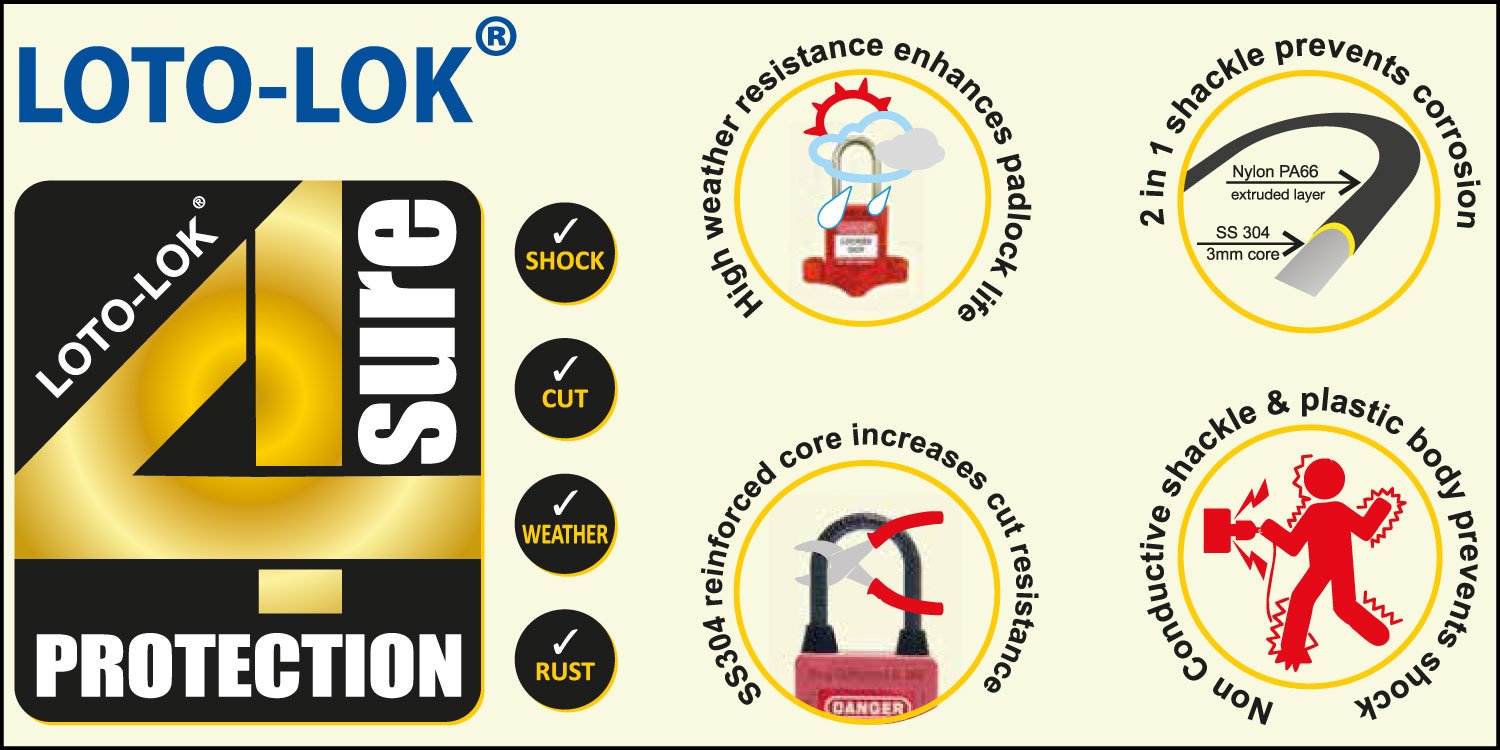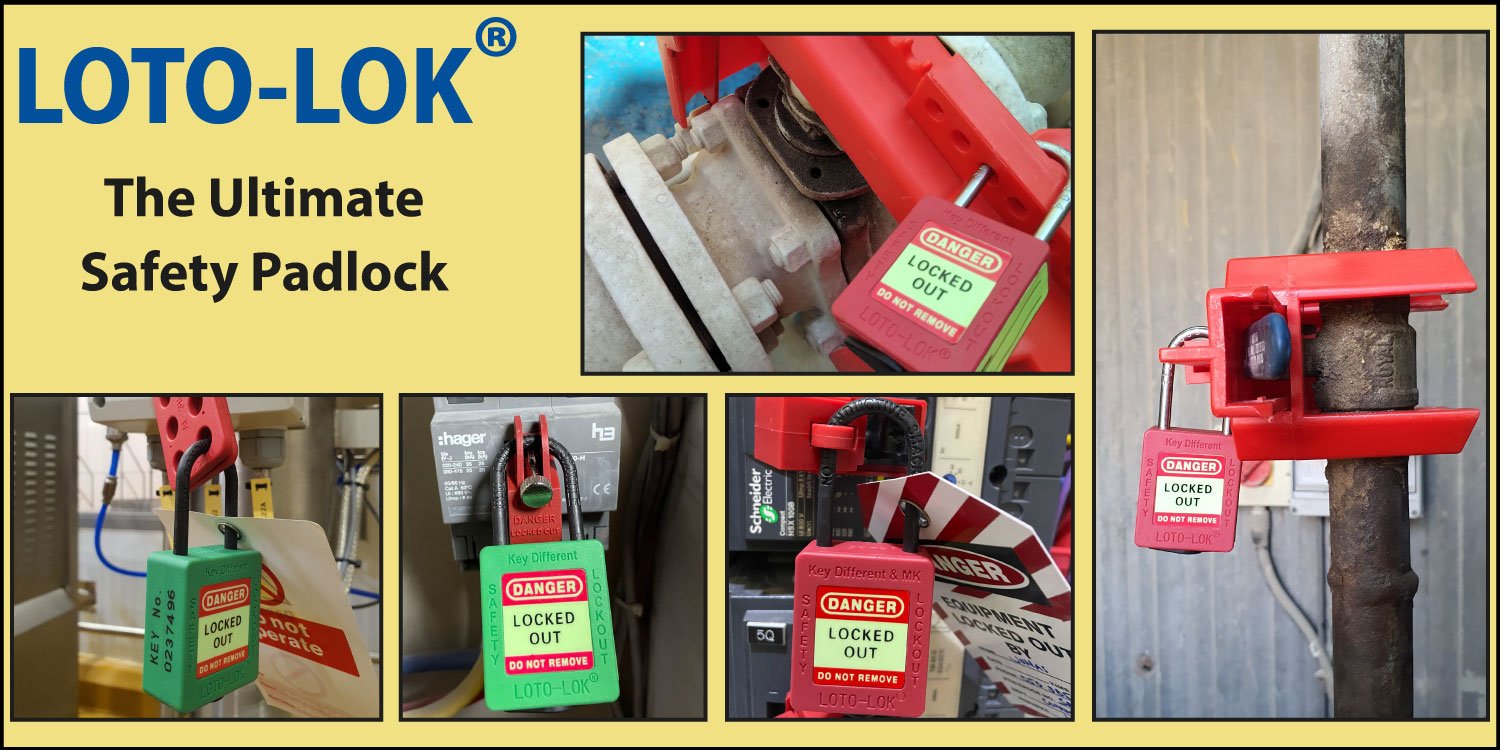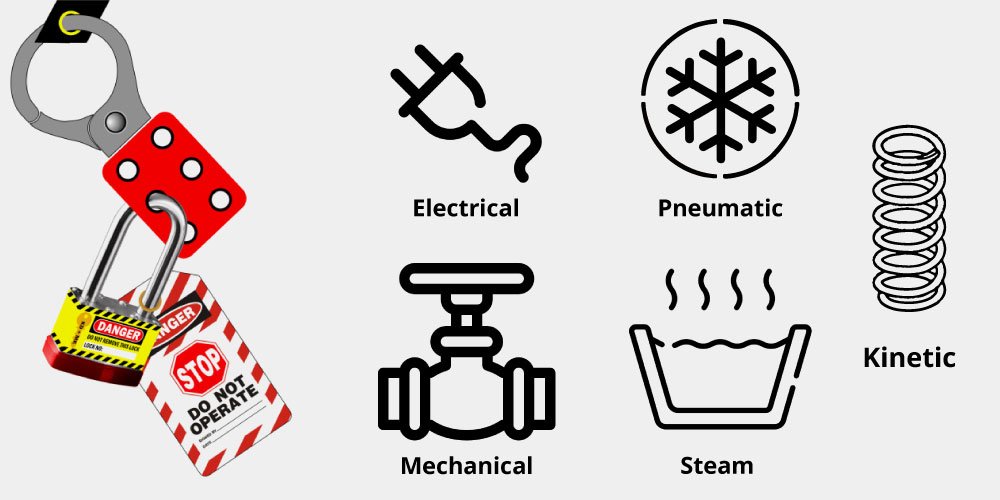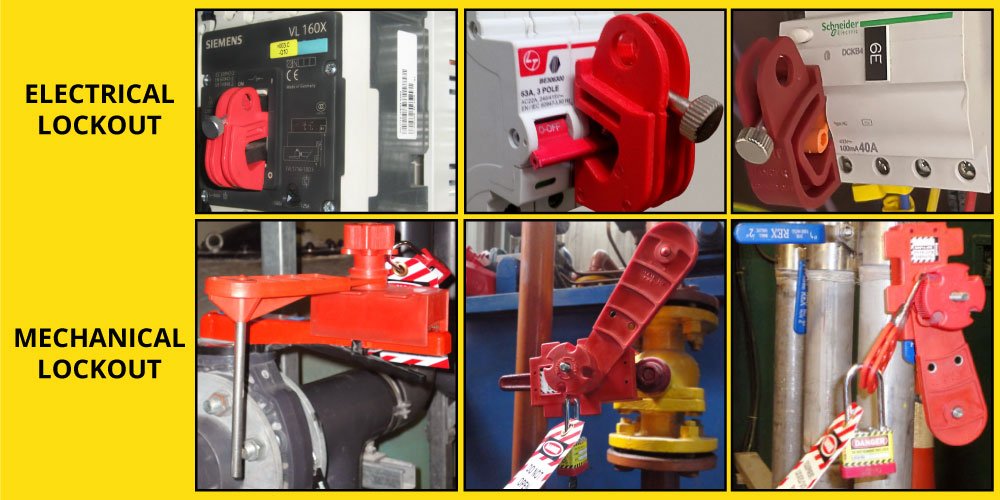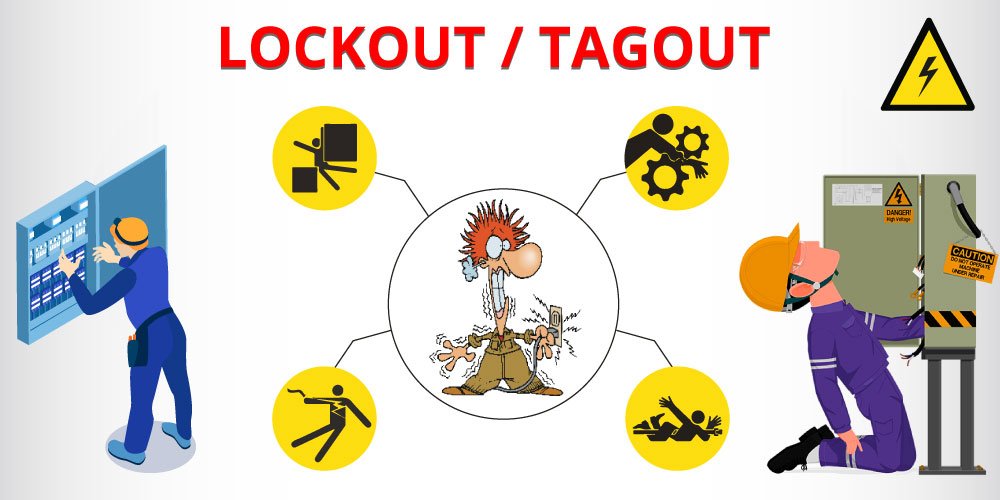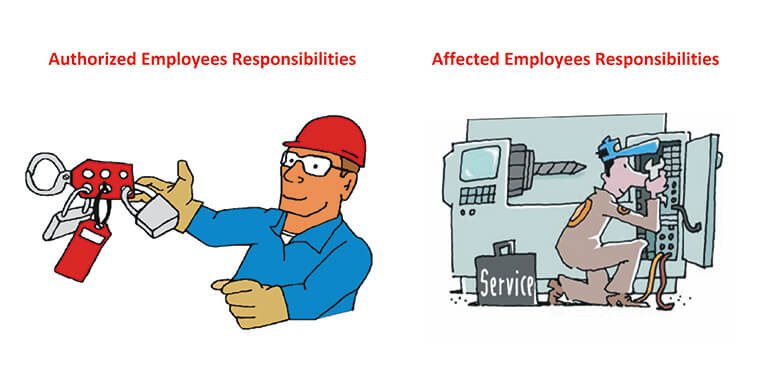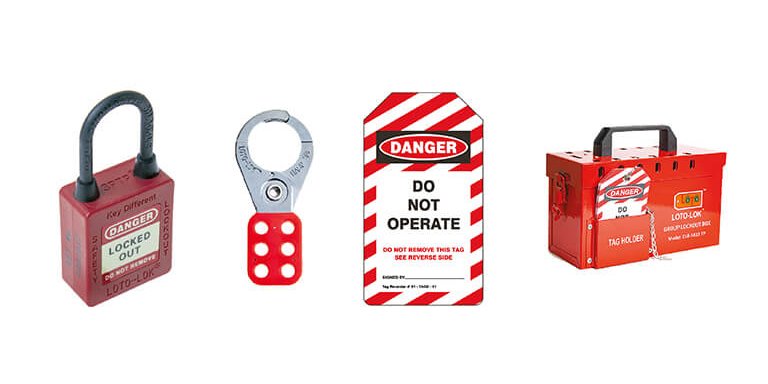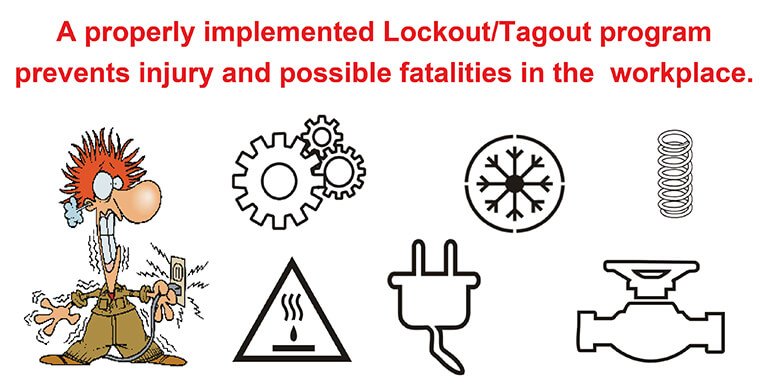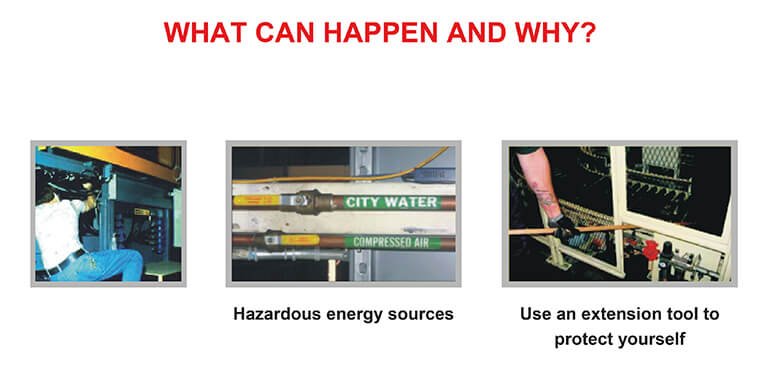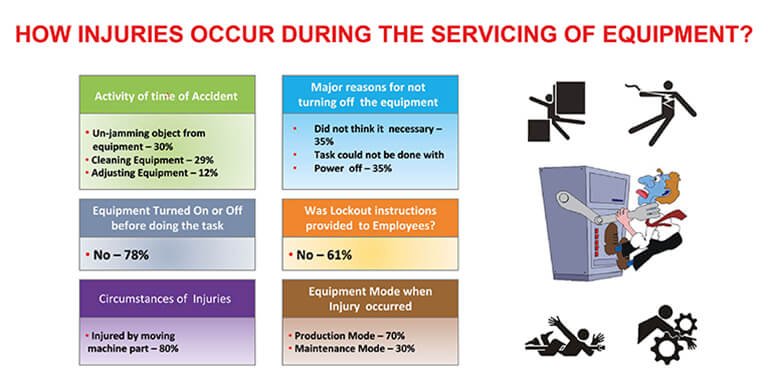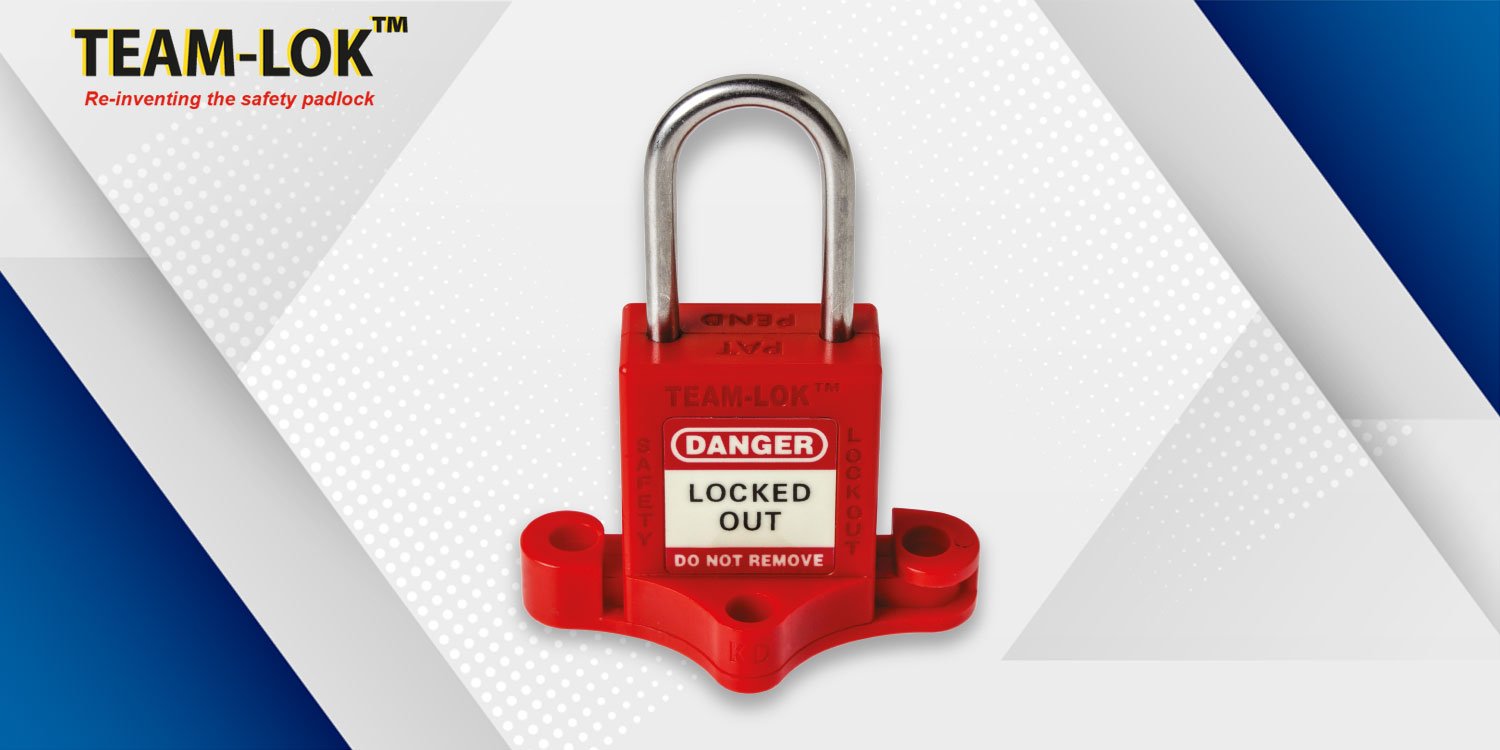
What could we do next?
Well… we said we were always thinking to address gaps and make better products….
The key question uppermost on our mind was – how could we improve the LOTO padlock further?
On a field assessment in Dubai, our customer asked us a simple question… how does one define the sequence of applying and removing padlocks in a LOTO Program.
Padlocks application and removal sequence is generally defined in a PTW but there was no way to physically define this in a padlock itself. That was our eureka moment right then.
Multiple locks are generally applied with the use of a scissor hasp, once applied all locks become equal and does not indicate who applied the first or last lock.
The next few weeks were invested on the drawing board and looking at the padlock for long hours. It finally dawned on us that we could actually revamp the design to include features which could physically determine the application and removal sequence.
TEAM-LOK™ was born 2 months later after several 3D prototypes were generated to check the feasibility and features would hold upto the rigors of internal & external LOTO programs under extreme weather and working conditions.
2 versions have been developed – the TLH-1 model with a single loop to accommodate an additional secondary padlock and the TLH-3 model accommodates 3 secondary padlocks.
How TEAM-LOK™ works:
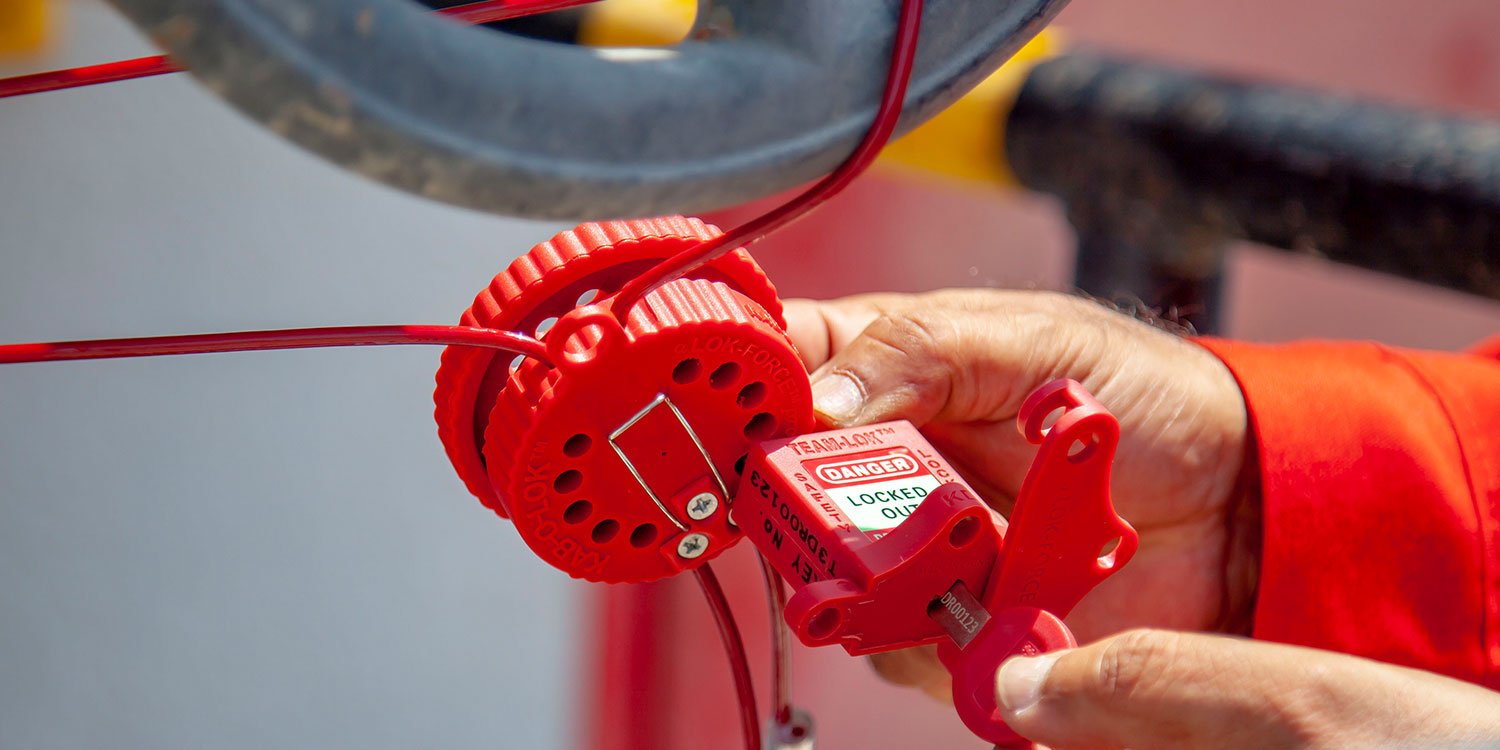
PATENTS:
The innovative design has resulted in utility and innovation patents being granted in USA, UK, Netherlands, Australia, India, China and pending in UAE, KSA & other countries.
CURRENT SCENARIO
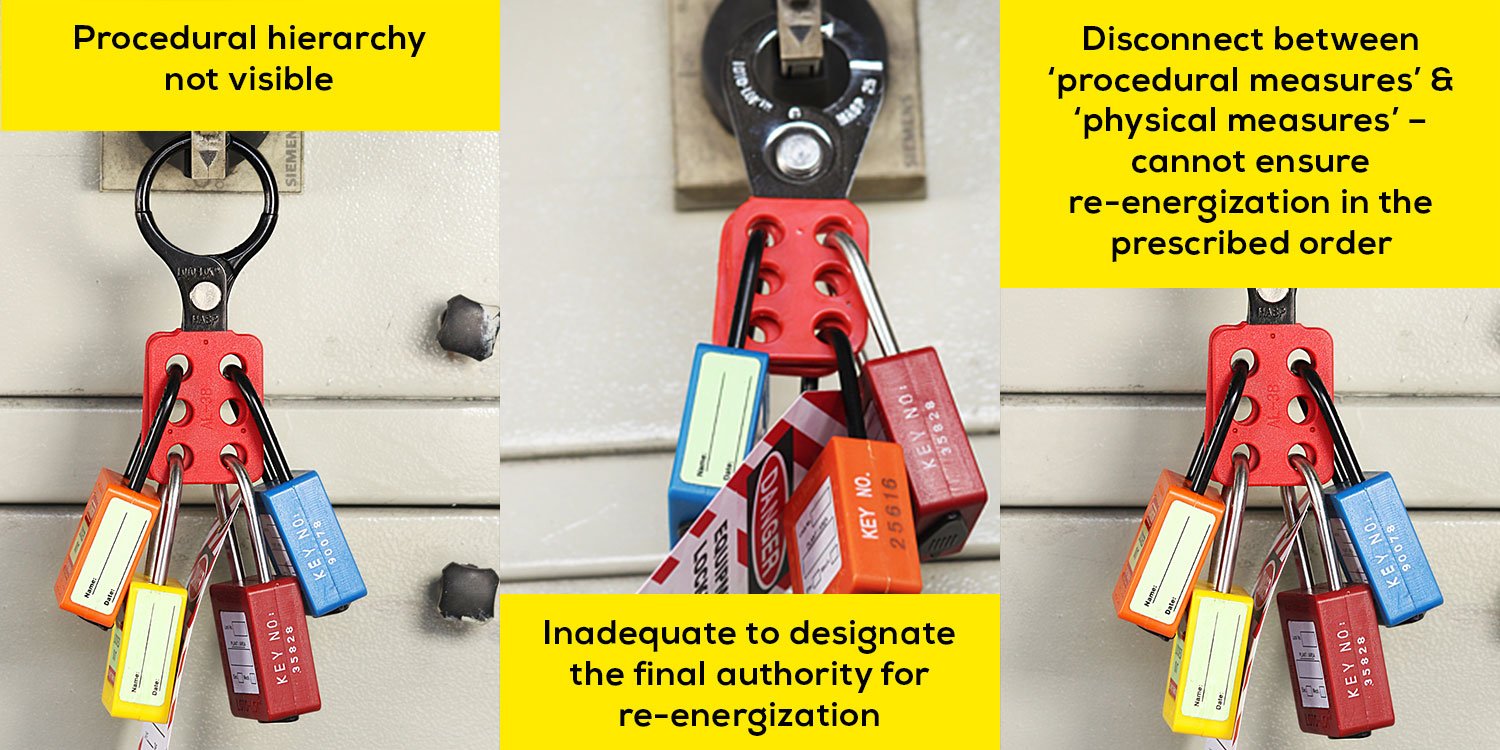
CURRENT SCENARIO… SCISSOR HASPS
PTW’s define procedural hierarchies for locking / unlocking of energy isolation points. The challenge has always been to convert this sequence into a physical and visible system of First In–Last Out & Last In–First Out (FILO / LIFO).
The traditional system of Group Locking involves Scissor Hasps with multi padlocking facility where all locks are equal without any distinct hierarchy of the locking and unlocking sequence.
Individual padlocks can be removed without supervision which can lead to unsafe act / condition.
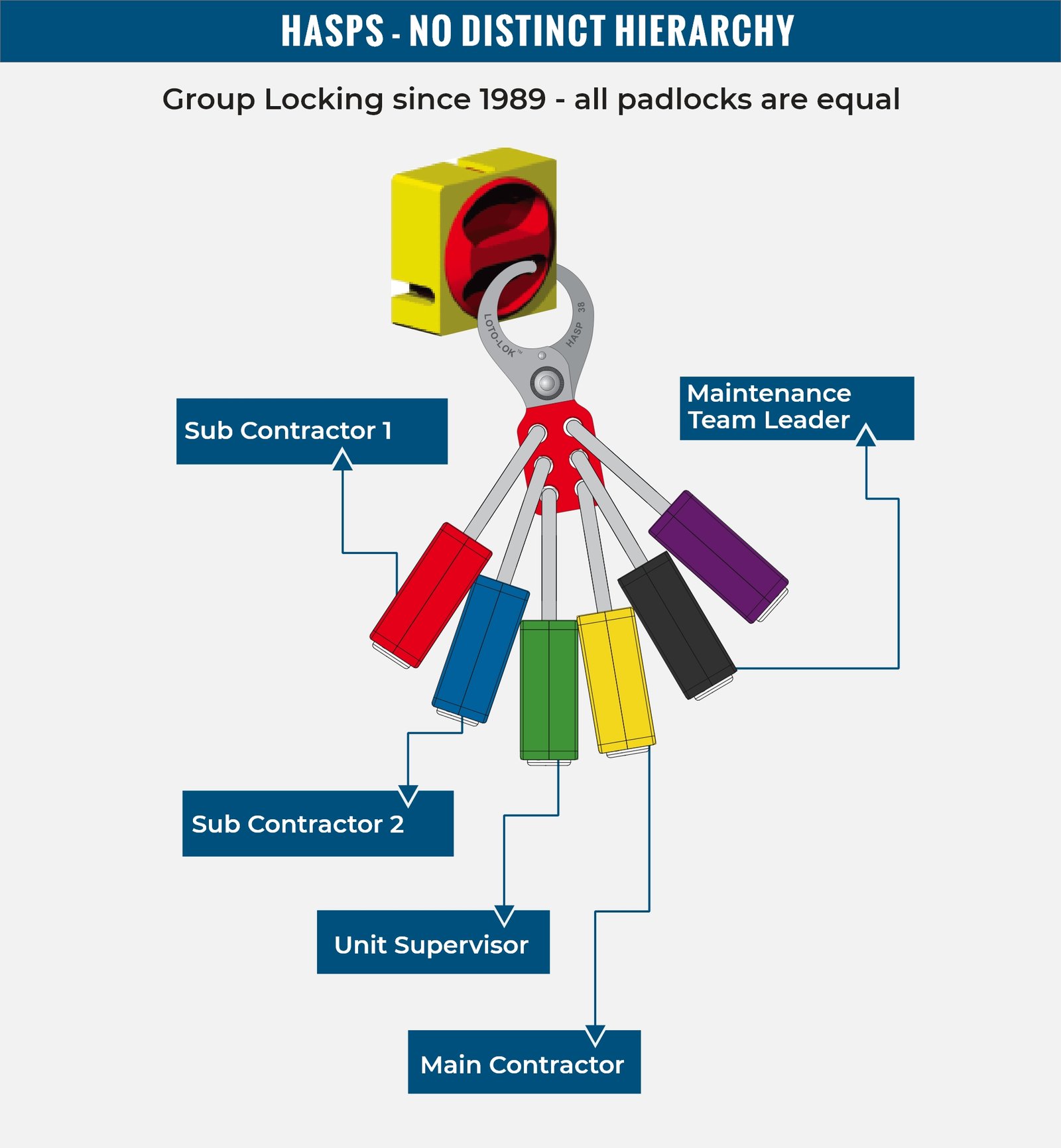
PROBLEM SOLVED
TEAM-LOK™ is the ONLY Safety Lockout Padlock that converts a Procedural Hierarchy following the FILO / LIFO system of locking and unlocking.
TEAM-LOK’s patented design allows 3 secondary padlocks OR multiples of Primary Team-Lok’s (TLH-3) + secondary padlocks to be inserted into the attachment effectively blocking the key access of the Primary TEAM-LOK™ safety padlock.
This action ensures a proper locking and unlocking sequence in line with Lockout / Tagout procedures.

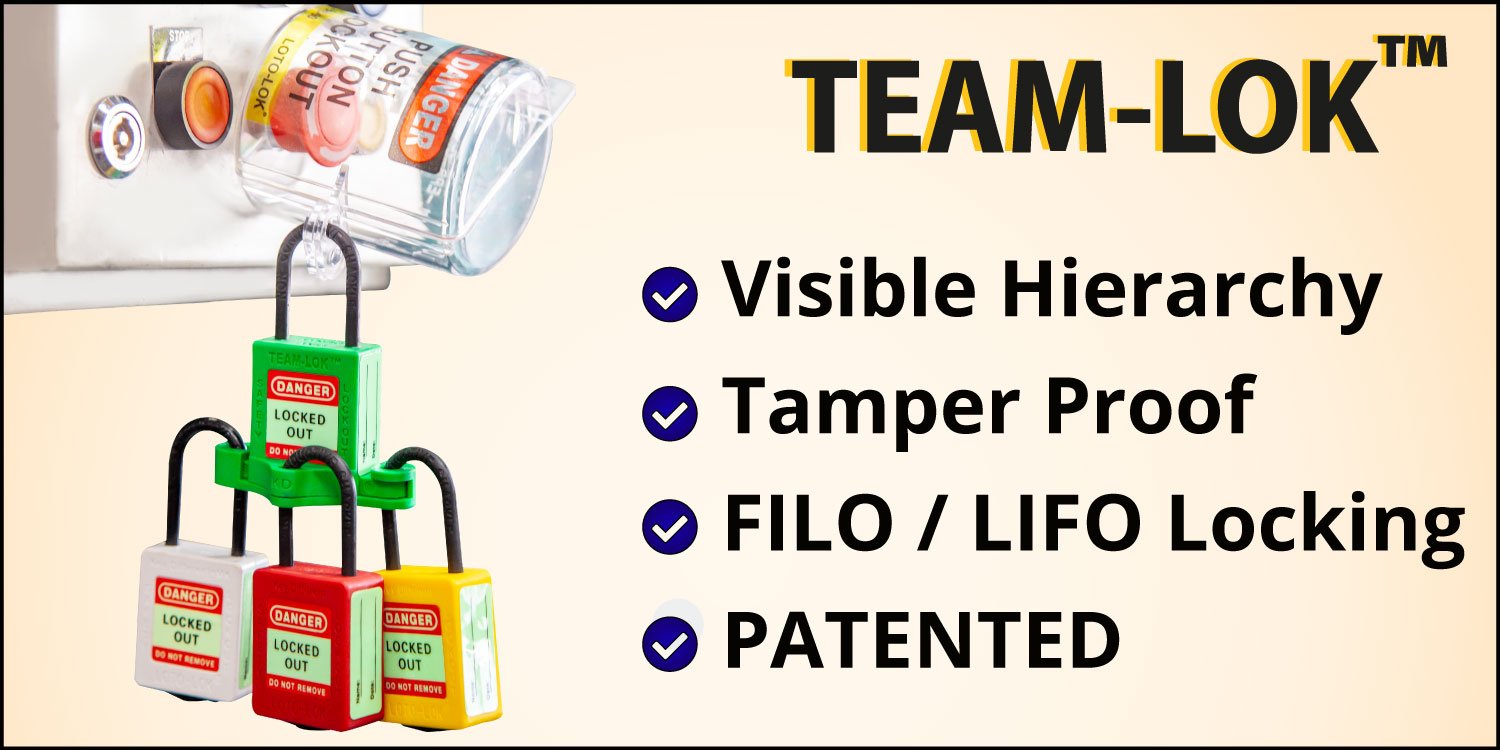
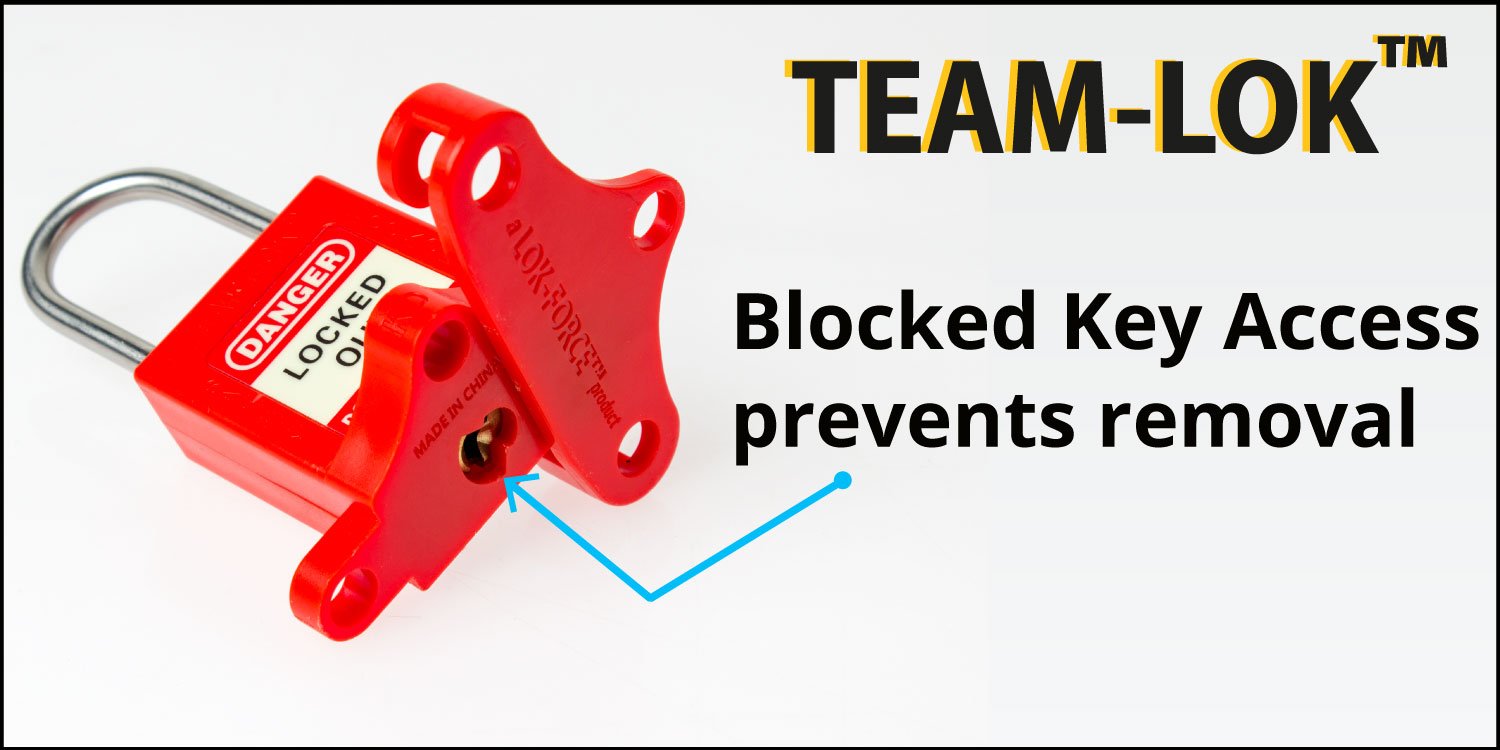

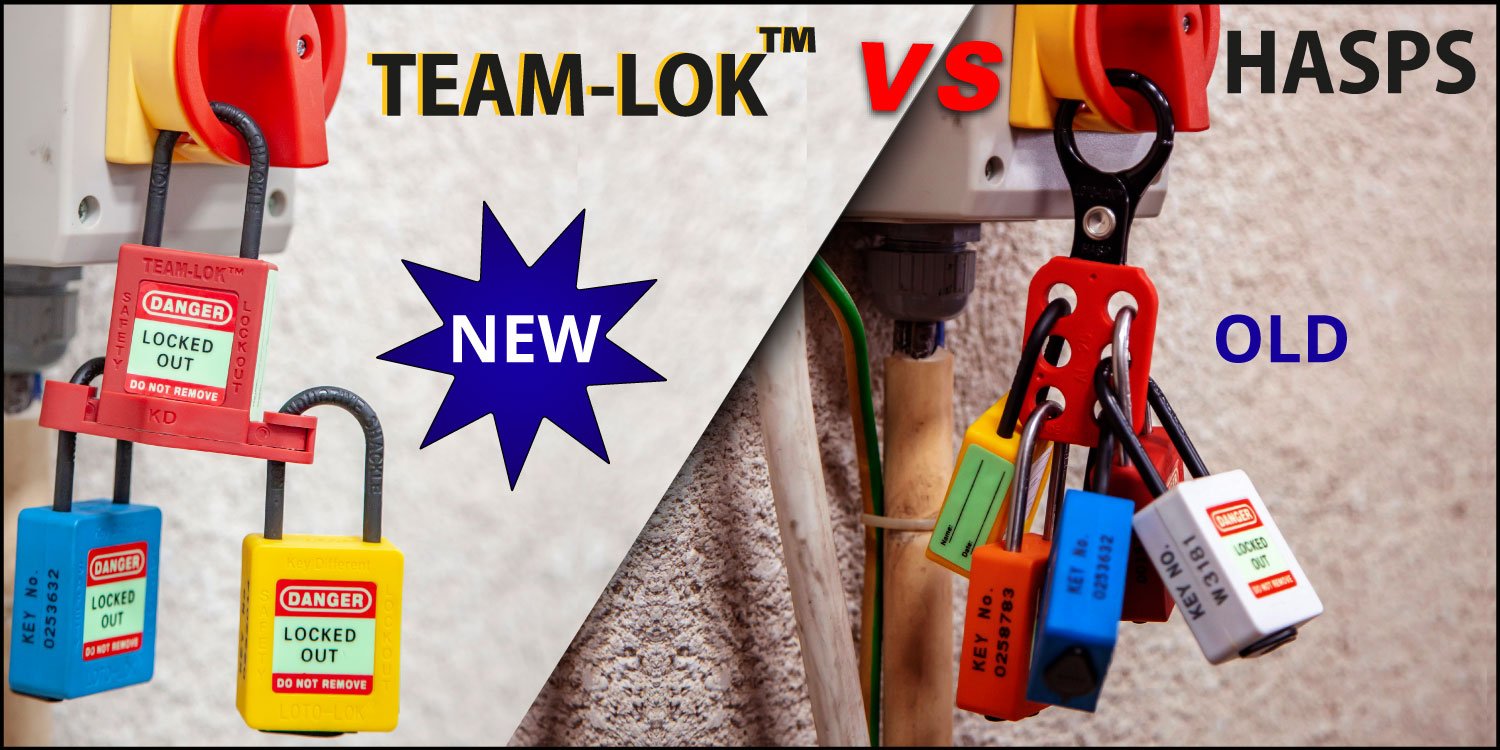
* The author of this blog is Qaid Zohar – Director at LOTO Safety, Dubai. This blog is written to educate interested parties on Lockout Tagout products.


